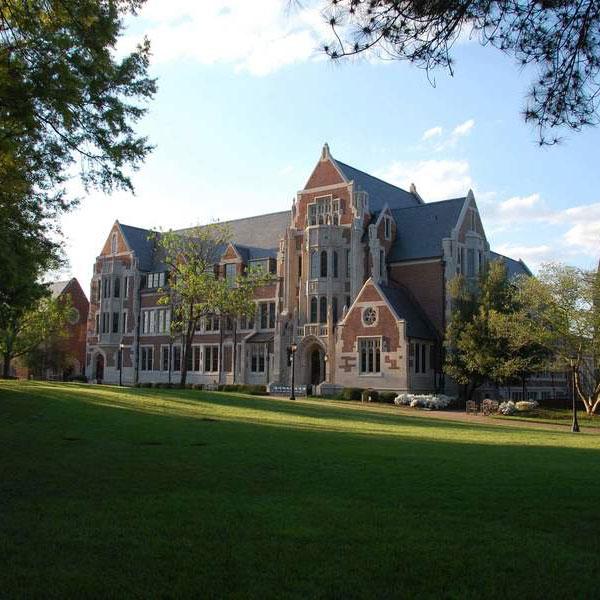History
Agnes Scott College was established in 1889 with a distinctive mission: to educate women for the betterment of their families and the elevation of their region. Today, that mission has evolved into a commitment to educate students from around the world to “think deeply, live honorably and engage the intellectual and social challenges of their times.”
The college was named in honor of Agnes Irvine Scott, a Scots-Irish immigrant who upheld a strong sense of integrity and intellectual curiosity. Her son George Washington Scott was the college’s primary benefactor, and the Rev. Frank Henry Gaines, minister of Decatur Presbyterian Church, was the founding president.
Initially named the Decatur Female Seminary in 1889 and renamed Agnes Scott Institute in 1890, the college was chartered as Agnes Scott College in 1906 and was the first institution of higher education in Georgia to receive regional accreditation.
Academic and Moral Leadership
Student self-government under an honor code has been a hallmark of the College since 1906. Agnes Scott has been a member of Phi Beta Kappa since 1926 and has also been a founding member of many national and regional educational associations. Since the early 1920s, the college has ranked in the top 10 percent of American colleges whose graduates go on to earn Ph.D. degrees.
Presbyterian Origins
Founded in the Presbyterian educational movement that started with Princeton University, Agnes Scott continues to be related to the Presbyterian Church (U.S.A.). However, its Board of Trustees is an independent, self-perpetuating governing body.
Past Presidents of Agnes Scott College
Learn More About our History
The Betty Pope Scott Noble '44 College Heritage Center, a museum displaying historical documents, photographs and artifacts relating to Agnes Scott (the person and the institution) and the Scott family, is located in McCain Library.
The oldest building on campus – Agnes Scott "Main" Hall – was erected in 1891 and is still in use today. You can find out more about Main Hall and other historic buildings by visiting McCain Library’s campus history page.
